The difference between poor quality food and excellent quality dog food lies in the ingredient list written on the bag. You want to see fresh, whole food ingredients such as deboned lamb, duck meal, blueberries, sweet potato and kelp with fewer vitamins additives added to the bottom of the list. There are certain “ingredients” that are – to be frank – quite disgusting.
Make sure you never feed ANY food or treats that contain any of the following ingredients! By avoiding these ingredients you will help keep your dog healthy, prolong their life and help prevent serious illness or disease!
One of the most, if not THE worst ingredient you could possibly feed your best friend. This "ingredient" consist of unspecified pieces of unspecified animals from unknown sources which is cooked down into a gruel. Animal digest can contain things like slaughtered animals, animals that died of disease or were disabled at the slaughterhouse, roadkill, useless scraps of meat not fit for human consumption and worst of all - euthanized pets.
Poultry Byproduct
Byproducts are famous for being controversial, but the reality is that the parts and pieces of poultry that go into this "ingredient" includes everything we do not consume. These ingredient are often unfit for human consumption and include parts such as under-developed eggs, intestines, ligaments, blood, feet, foetuses and carcasses. Byproduct is the left overs from meat processing that we cannot use.
Animal Fat
Rendered fat from unspecified animals that can also contain rancid restaurant grease and oils that have been labelled as unfit for human consumption.
Corn
Whether it's corn, corn meal, corn gluten meal or any other corn product, it is a cheap filler and inexpensive form of protein that dog food companies use to cut costs when manufacturing their kibble. Corn is not easily digested by dogs, nor is it a healthy source of protein. It is highly unnatural for carnivorous canines, and is one of the leading allergen sources for pets in our modern world. Corn contributes to making our pets bodies sluggish, while contributing to that "dog smell" that many pet owners complain about.
Beef Tallow
This is another gross ingredient that has no place in your dog's food, consisting of rendered fat and tissue from cattle. Whether or not the cattle was diseased, disabled or dead before slaughter is unknown since there are zero regulations for it.
Oat Hulls / Rice Hulls / Other Hulls
Hulls are extremely inexpensive and utterly useless to our pets, often taken from processing for human food. This kind of product acts strictly as a filler to bulk up and bind kibble. There is no nutritional value other than difficult to digest fiber.
Salt
Extra salt in pet food is as unhealthy for them as it is for us and there is absolutely no need for salt to be included in a kibble, treat or food. There is enough sodium in healthy, whole meat that there is no need for any additional salt to a dogs diet.
Flavouring / Colour
A good quality kibble has no use for flavoring or color, since both of those things are often chemical additives that do no good for our pets. These are added strictly to encourage your dog to eat the food, and also to make it more visually appealing to you. If the kibble is colored, don't buy it!
Sweeteners
Sweeteners such corn syrup, fructose, sugar and sorbitol have NO business being in pet food and treats - dogs do NOT need any additional sugars added to their diets. Just like with people, sugar in dog food and treats promotes illness, obesity and will feed cancerous tumors!
Ethoxyquin
Ethoxyquin is used as a preservative in many pet foods and should be avoided at all costs. This chemical is believed to contribute to kidney damage, liver damage, cancer, hair loss, eye disease, chronic colitis and more by many reputable veterinarians. It can also be used a pesticide!
Propylene Glycol
This is an ingredient that can be found in automotive antifreeze and is used to reduce moisture and prevent bacteria growth. This is a chemical additive that can cause cancer and a certain type of serious blood disease. This controversial chemical has already been banned in cat food, but is still used in dog food!
Click here to learn more about Propylene Glycol.
BHA/BHT (Butylated hydroxyanisole / Butylated hydroxytoluene)
These are chemicals that are used as preservatives and have been linked to promoting cancer in people and other animals! These ingredients can cause damage to the organs and may even cause cancer in the organs.
Consider switching to a raw food diet or a homemade diet where you can control the quality and ingredients yourself. A balanced raw food diet is the very best nutrition you could offer your pet, but there are also very good kibble options on the market that promote health and well-being! Get informed and be an advocate for your dog!
If you enjoy K9 Instinct's articles, you will love getting our weekly Newsletter! It's totally free, and you will get lots of great exclusive content delivered directly to your inbox! You won't want to miss out on all the free advice and recipes!

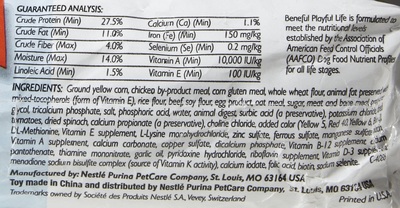
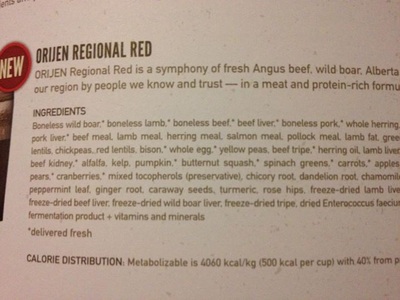

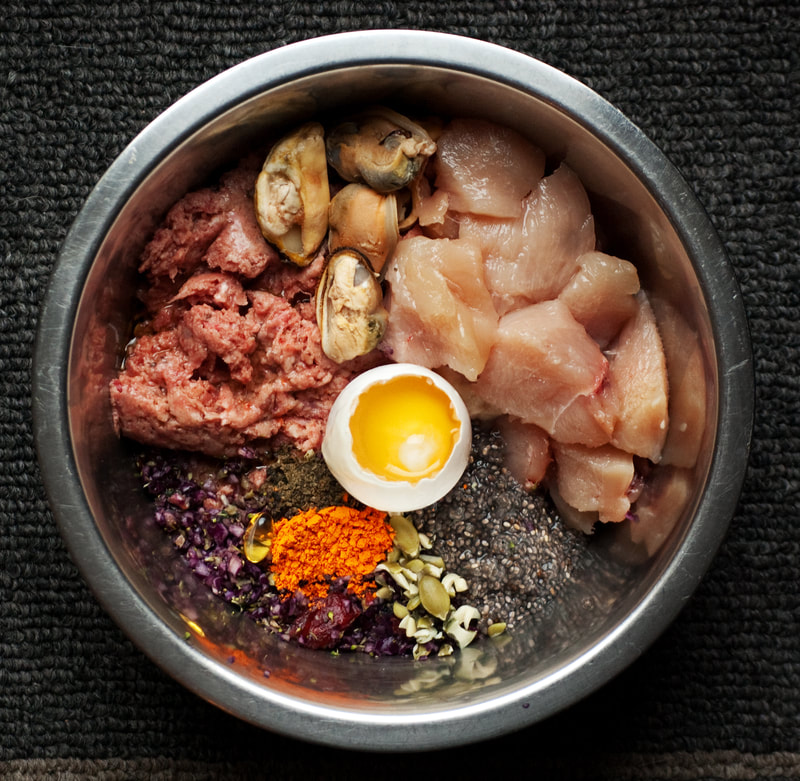
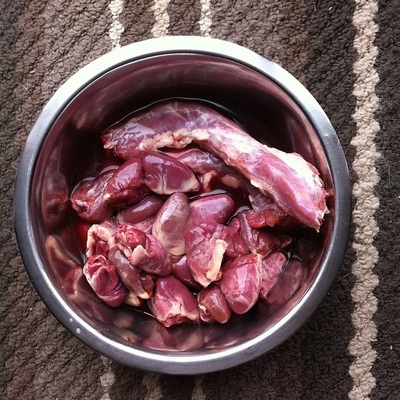
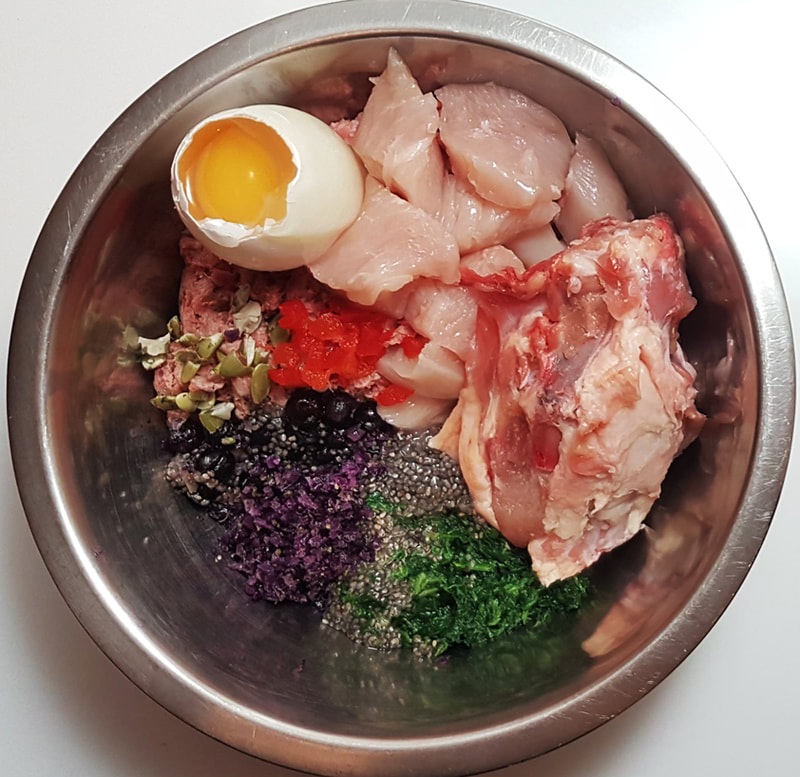
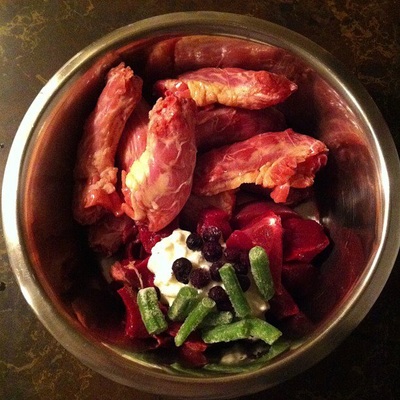
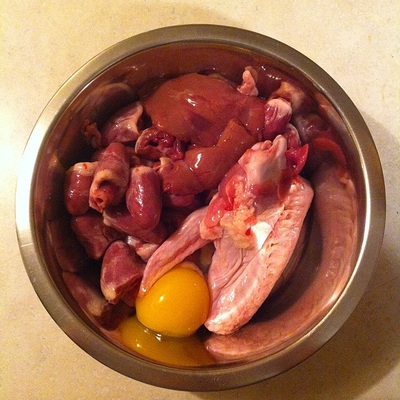

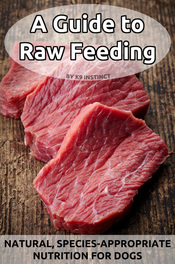

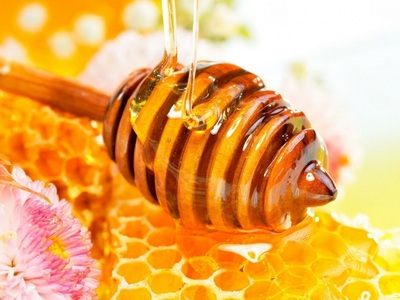
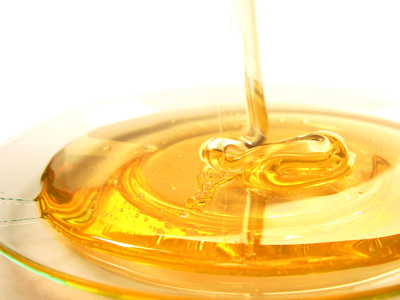
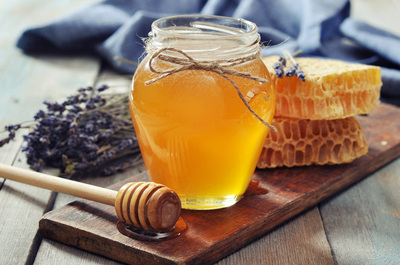

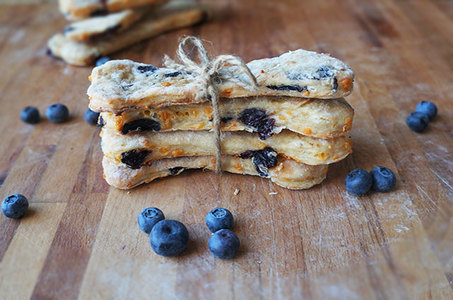
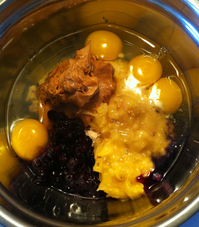
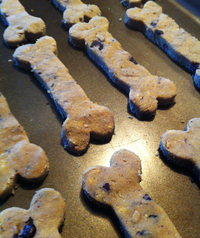
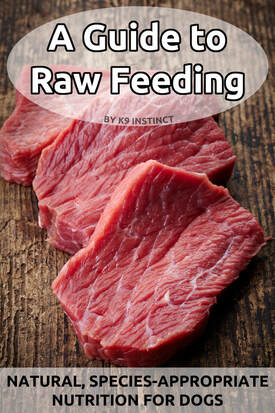
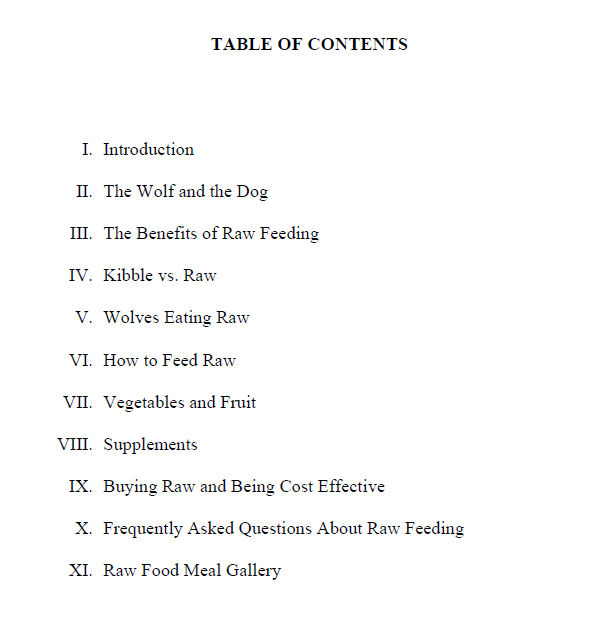

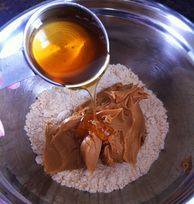
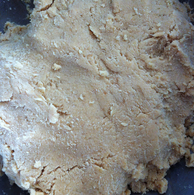
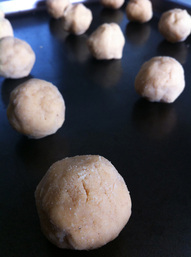
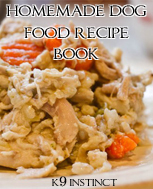


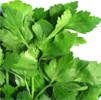
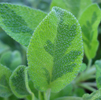
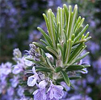
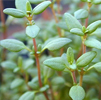
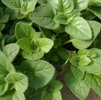
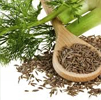
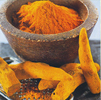
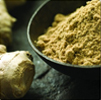


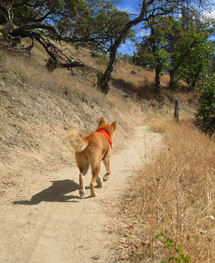
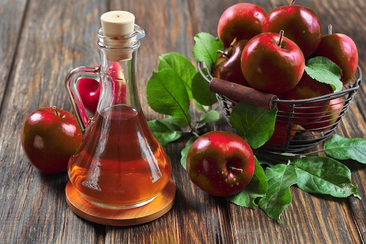

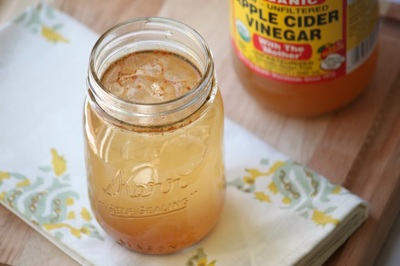
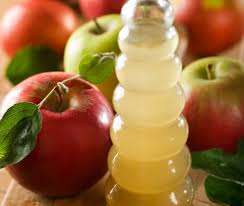
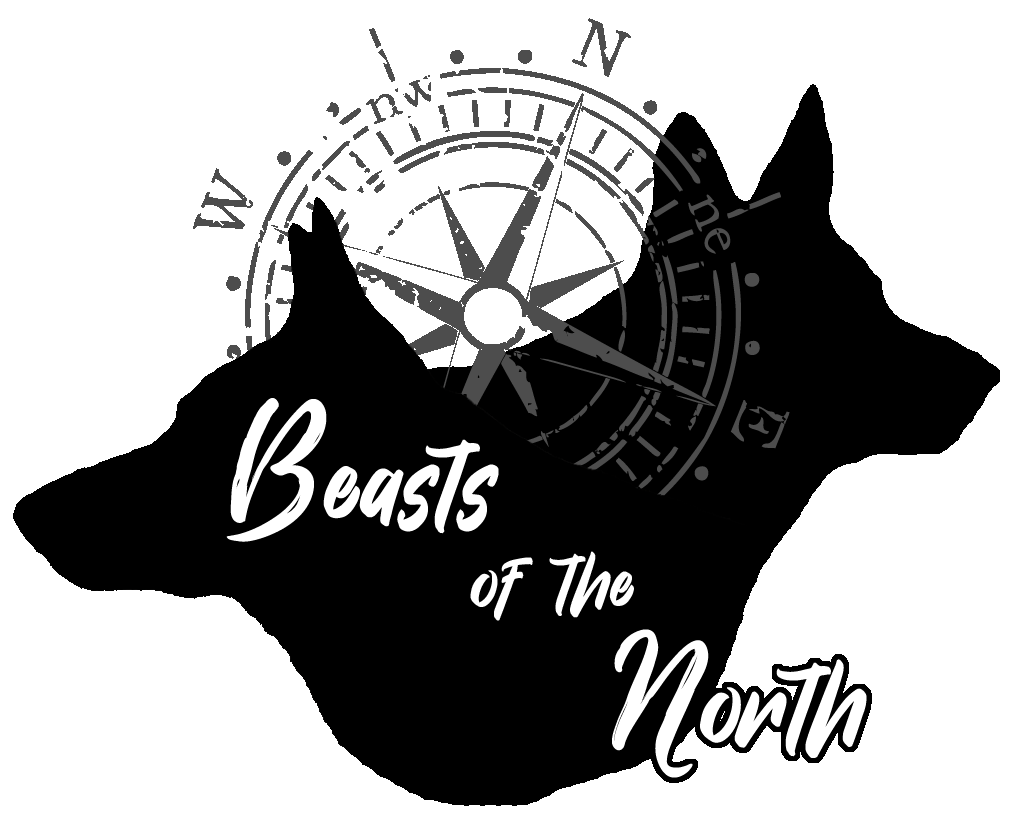
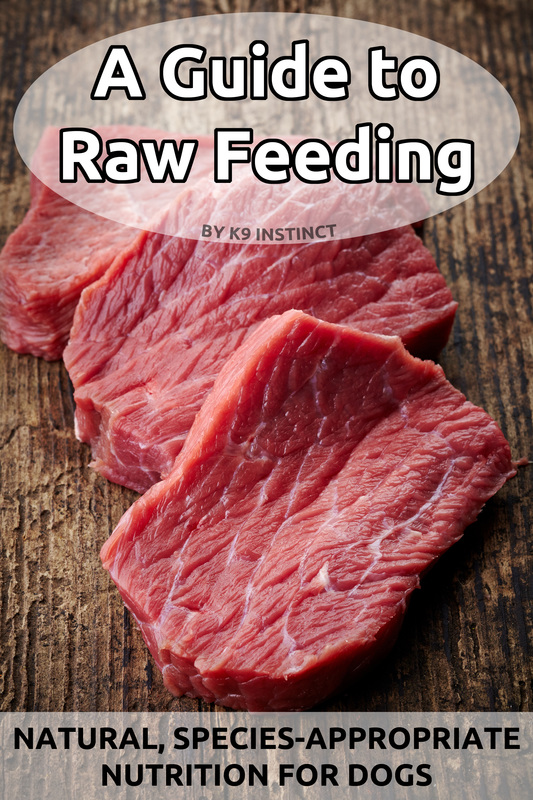
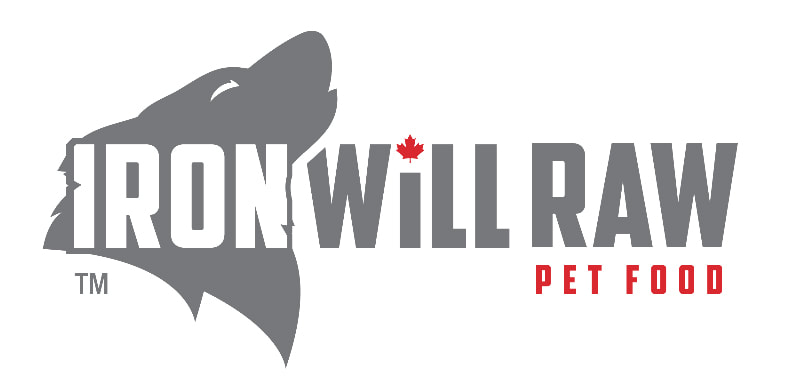
 RSS Feed
RSS Feed
